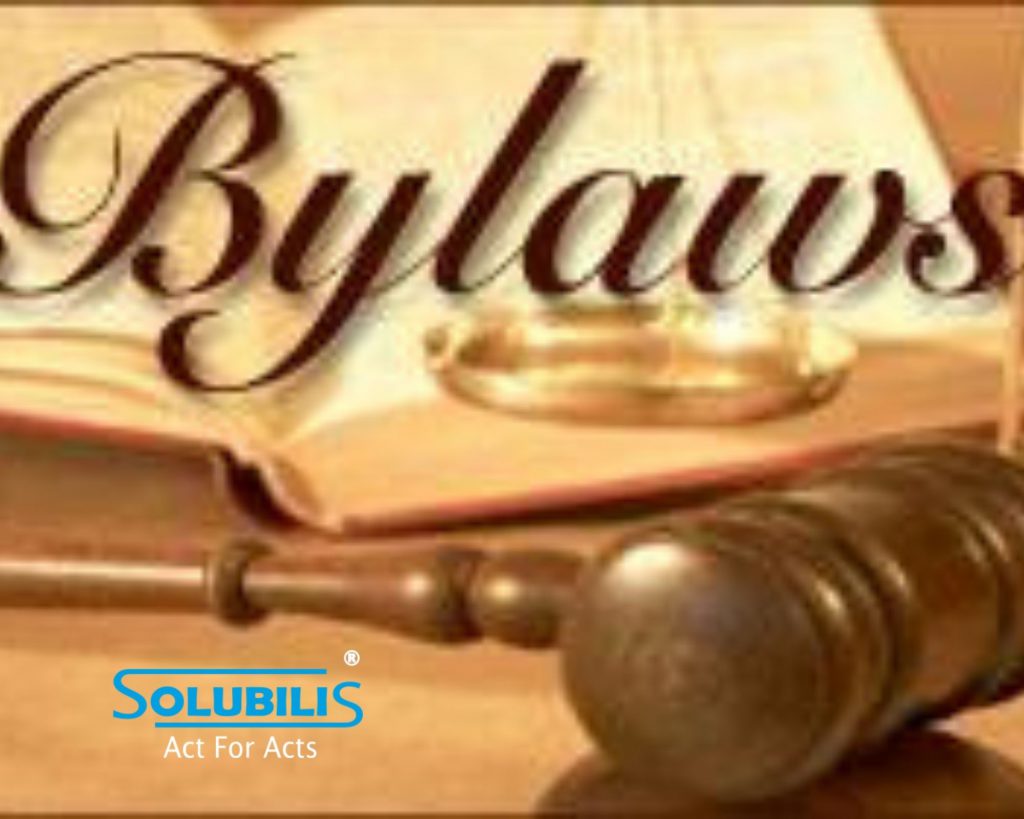India is a fast developing nation that aspires to be an established financial hub. The government has been inspiring people to set up their own businesses or ‘become their own bosses’ by launching schemes and providing various benefits over the last few years. This is helping to increase the growth rate of the economy towards the path of self-reliance in the country. Choosing a business model or structure is one of the most important decisions you can make. The company as a structure has always had a big hand in this regard.
Whether it is the formation of a private limited company in India or a public limited company, it has the advantages that people prefer it over other types. Once individuals decide that the business will be incorporated as a company, the next step is to understand the process of company registration in India.
Features of Company formation in Chennai
Company formation in Chennai has various features. They have the mention below.

Incorporated organization: A company exists when it has registration under the Companies Act (or other equivalent act under the Act). A company must meet the requirements in terms of documents (MOA, AOA), shareholders, directors and share capital as a legal entity.
Artificial Legal Person: In the eyes of the law, a company is an artificial legal person who has the right to acquire or dispose of any property, to enter into a contract in its own name, and to sue and sue others.
Separate legal entity: The Company has a separate entity and its members or people are independent in controlling it. A separate legal entity means that the company alone is responsible for making payments to creditors and claiming for its actions. Individual members cannot have sued for action taken by the company. Similarly, the company is not responsible for paying the personal debts of the members.
Permanent Existence: Unlike other non-registered business entities, the company is a stable business entity. Its life does not depend on the lives of its shareholders, directors or employees. Members can come and go but the company continues forever.
Common Seal: As a company is an artificial legal entity, it uses its common seal (with the company name engrave on it) as an alternative to its signature. Any document bearing the general seal of the company will be legally binding on the company.
Limited Liability: A company may be limited by underwriting or limited by shares. In a company limited by shares, the liability of shareholders has limitation to the unpaid value of their shares. In a company limited by the guarantee, the liability of the members is as limited as they have agreement to contribute to the assets of the company when they have injury.
Legal documents

Documentation of by-laws
The rules of a corporation are the regulatory rules by which a corporation has the government. When a corporation has the formation, the first act of the Board of Directors must create bylaws, a single document that contains all the rules.
Most businesses work with attorneys to write bylaws. Still, it helps to learn about side effects and why it is important to run a business and maintain order in the organization. Think of corporate bylaws as the only guiding principles for running a business. These principles guide the Board of Directors in their work to oversee the day-to-day operations of the Corporation.
Alternative Definition:
Bylaws are rules which have laid down by society to regulate and educate its members. After you or another corporate director or a committee of your board of directors prepares corporate bylaws, they must be approved by the board.
Bylaws are part of your corporate records and must be in a place where they can have the view by the IRS or your state or other entity that wants to audit your records. Corporations have the governance by states, and your state may have specific procedures and rules that you must follow.
Corporate By law written by its owners at the time the corporation had the foundation. Bylaws discuss issues such as corporate executives, the responsibilities of the board of directors, how they have the election, terms of office, when and where board and shareholder meetings have held, and how the board of directors functions.
Minutes of Meeting

Also known as a protocol or note, meetings have live written record of a meeting. It includes a list of those present, the issues raised, the relevant answers and the final decision taken to consider the issues. Their purpose is to record who has been assigned what action, along with accomplishments and deadlines.
The format of the minutes of the meeting
- A one minute meeting includes the following elements –
- Company name – at the top-left of the page.
- Date – at the top-right of the page.
- Subject – after two return keys; Centre aligned.
- Attendees – Name and Designation (Table 2 Commons)
- Absent – name, role, reasons for absence.
- The agenda is in hand – the topic will have the discussion.
- Issues raised – with the names of the speakers.
- Suggestions – with the names of the speakers.
- Decision – Result of the meeting.
- Task List – Task Allocated and Related Allocated.
- Future Meetings – Date and topic of the next meeting.
Aspects of Business Reports

The Business reports are a type of assignment in which you analyze a situation (either an actual situation or a case study) and apply business principles to create a range of suggestions for improvement.
Business reports being usually assigned to enable you to:
- Examine available and possible solutions to a problem, situation, or issue.
- Apply business and management theory in a practical situation.
- Demonstrate your analytical, logical, and evaluative skills in identifying and weighing potential solutions and outcomes.
- Conclude about a problem or issue.
- Provide recommendations for future action.
- Show concise and clear communication skills.
Remember that with business reports, in general, there is not a single correct answer, but there are some solutions, each with its own costs and benefits to the organization. These are the costs and benefits you need to identify and gain weight in your report.

